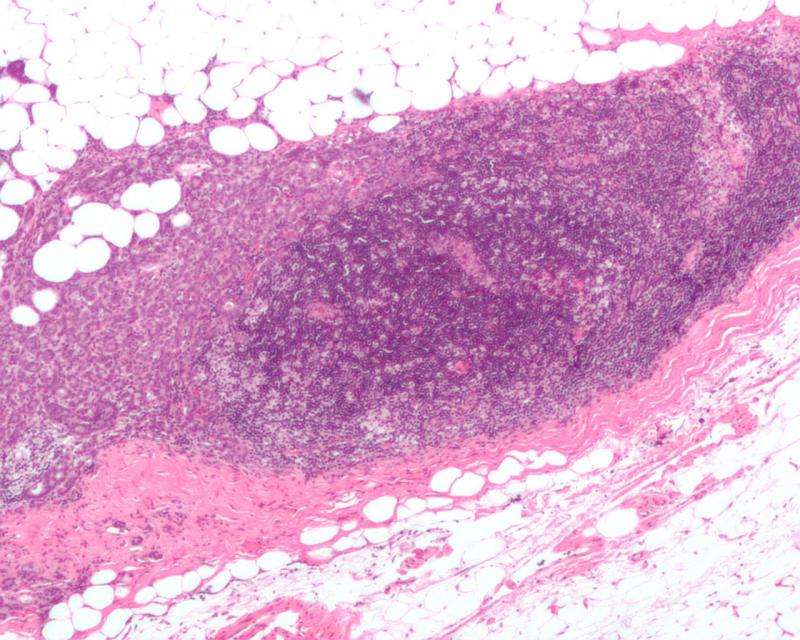Outdoor light at night linked with increased breast cancer risk in women

Women who live in areas with higher levels of outdoor light at night may be at higher risk for breast cancer than those living in areas with lower levels, according to a large long-term study from Harvard T.H. Chan School of Public Health. The link was stronger among women who worked night shifts.
The study will be published online August 17, 2017 in Environmental Health Perspectives.
"In our modern industrialized society, artificial lighting is nearly ubiquitous. Our results suggest that this widespread exposure to outdoor lights during nighttime hours could represent a novel risk factor for breast cancer," said lead author Peter James, assistant professor at Harvard Medical School's Department of Population Medicine at Harvard Pilgrim Health Care Institute, who did the work while a research fellow in the Departments of Epidemiology and Environmental Health at Harvard Chan School.
Previous studies have suggested that exposure to light at night may lead to decreased levels of the hormone melatonin, which can disrupt circadian rhythms—our internal "clocks" that govern sleepiness and alertness—and, in turn, lead to increased breast cancer risk.
The new study, the most comprehensive to date to examine possible links between outdoor light at night and breast cancer, looked at data from nearly 110,000 women enrolled in the Nurses' Health Study II from 1989-2013. The researchers linked data from satellite images of Earth taken at nighttime to residential addresses for each study participant, and also considered the influence of night shift work. The study also factored in detailed information on a variety of health and socioeconomic factors among participants.
Women exposed to the highest levels of outdoor light at night—those in the top fifth—had an estimated 14% increased risk of breast cancer during the study period, as compared with women in the bottom fifth of exposure, the researchers found. As levels of outdoor light at night increased, so did breast cancer rates.
The association between outdoor light at night and breast cancer was found only among women who were premenopausal and those who were current or past smokers. In addition, the link was stronger among women who worked night shifts, suggesting that exposure to light at night and night shift work contribute jointly to breast cancer risk, possibly through mechanisms involving circadian disruption. The authors acknowledged that further work is required to confirm the study findings and clarify potential mechanisms.
More information: "Outdoor Light at Night and Breast Cancer Incidence in the Nurses' Health Study II," Peter James, Kimberly A. Bertrand, Jaime E. Hart, Eva Schernhammer, Rulla M. Tamimi, Francine Laden, Environmental Health Perspectives, August 17, 2017, DOI: 10.1289/EHP935
















